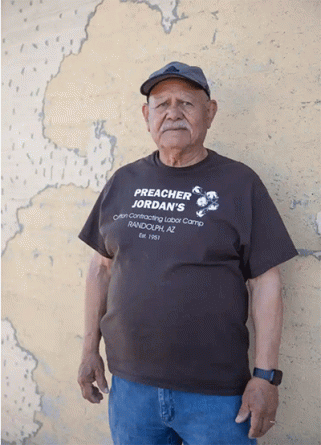It was a grim but not terribly surprising coincidence. Last Monday morning, just a few hours after the Washington Post published a new series on the popular semiautomatic rifles known as AR-15s, a suicidal 28-year-old used one to murder three children and three adults at a Nashville elementary school. It was the sixth mass shooting in the past 10 months committed with this type of highly lethal firearm, according to our Mother Jones database.
Semiautomatic pistols used to be the top weapon of choice for mass shooters. But ever since the massacres at a Colorado movie theater and a Connecticut elementary school just over a decade ago, many perpetrators of these crimes have armed themselves with AR-15s and caused growing carnage. The phenomenon accelerated further with five high-profile attacks in 2022, beginning with those in Buffalo and Uvalde. (In the several years prior: the massacres in Las Vegas, Sutherland Springs, Parkland, Pittsburgh, Gilroy, El Paso, Dayton, Boulder, Indianapolis—the list quickly grows long.) Mass shooters increasingly also use body armor, tactical vests, and other tactical gear, the Nashville perpetrator included. As I reported in December:
The past decade brought a sharp increase in shooters using military-style semiautomatic rifles. Among the 83 mass shootings since 2012 documented in the Mother Jones database (whose perpetrators also include several high school adolescents and various middle-age men), 34 of the cases involved such assault rifles.
As those weapons have soared in popularity in the United States, there also remains scant regulation of the military-grade body armor that mass shooters increasingly use. Such gear helped protect the perpetrator who committed the racist mass murder at the supermarket in Buffalo; his body armor stopped a bullet fired by a security guard, whom he then fatally shot. Body armor also made it more difficult to stop the attacker at Club Q in Colorado Springs, according to the military veteran who heroically took him down.
This disturbing trend connects in part to how mass shooters emulate previous attackers as they plan and prepare, one of multiple common warning behaviors I examine in Trigger Points, my book about preventing mass shootings through the method of threat assessment. The weapons and gear these perpetrators select has coincided with aggressive marketing tactics long used by the gun industry:









